Emergency Cases
Salamanca Guanajuato
464 116 2012
San Miguel de Allende
415 111 6819
Please contact in case of emergency or to request a consultation.
Endosocopy
An endoscopy is a procedure used to diagnose, in which the objective is the direct observation of an organ or cavity through an optic or endoscope.
It is performed through natural body openings such as the mouth, urethra or anus, or directly through the wall that protects them, and can be performed with sedation, local o general anesthesia.
In its early days, endoscopy was only used on the esophagus, stomach and colon, but today, doctors use endoscopy to diagnose diseases of the ear, nose, and throat, heart, urinary tract, joints and the abdomen.
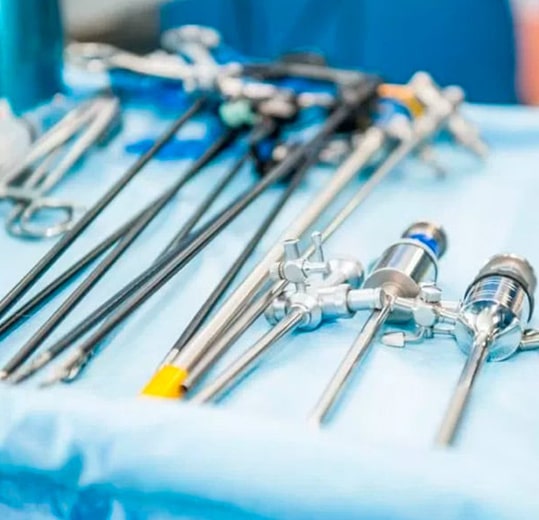
During and endoscopy the doctor inserts a thin tube into the person. This tube, called a laparoscope, has light and is connected to a video camera and a television monitor. Most endoscopes are like this, thin tubes with a powerful light sourse and miniature camera on the end.
There are several types of endoscopes, The length and flexibility of the endoscope depend on the part of the body that the doctor needs to see.
For example, the endoscope that helps a doctor examine joints is usually rigid. However, one used to view the inside of the colon is flexible.
It is minimally invasive surgery that has been an advance compared to traditional open procedures, since it is a much more reliable and precise technique, there are fewer subsequent traumas and, in addition, the aesthetic results are better.
This procedure usually changes its name depending on the area to be explored (arthroscopy, colonoscopy or colposcopy, among others) and the data obtained in this way provides much more reliable information than that obtained by other external methods such as ultrasound or X-says
Laparoscopy
Laparoscopy surgery is a minimally invasive alternative to traditional open surgery that is performed through small incisions in the abdominal wall.
During the procedure, carbon dioxide is introduced into the abdominal cavity through on of the small incisions (normally no larger than 2 cm) that the surgeon has previously made in the abdominal wall, in this way it is possible to enlarge the field of work as the visual.
Through these openings, the laparoscope is inserted, which is a small surgical device equipped with light and optical lens that projects images of the interior of the abdomen onto a monitor, which the surgeon analyzes in detail and uses to maneuver with greater security.
The different incisions that are made allow the surgeon to access the interior of the person´s body with the laparoscopic instruments necessary to perform the different operations, but without the need to open it.
With this procedure, the same success is obtained as with a traditional surgery, but the postoperative recovery is much faster as it is a much less aggressive surgery, since there are few occasions in which the surgeon is forced to widen the opening to be able to successfully complete the operation.
This surgery helps detect problems in a woman´s abdomen or reproductive system and allows for a shorter time in the hospital, quicker recovery, less pain, and smaller scars than traditional surgery (open). Reasons why is considered a minimally invasive surgery.
Laparoscopic Endoscopy is minimally invasive, but requires post-operative care such as:
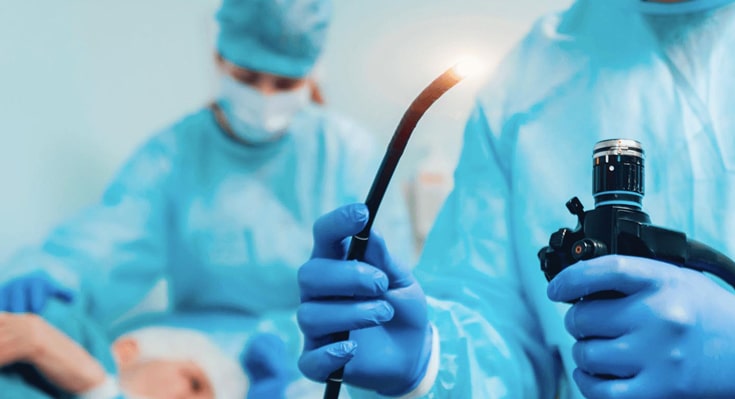
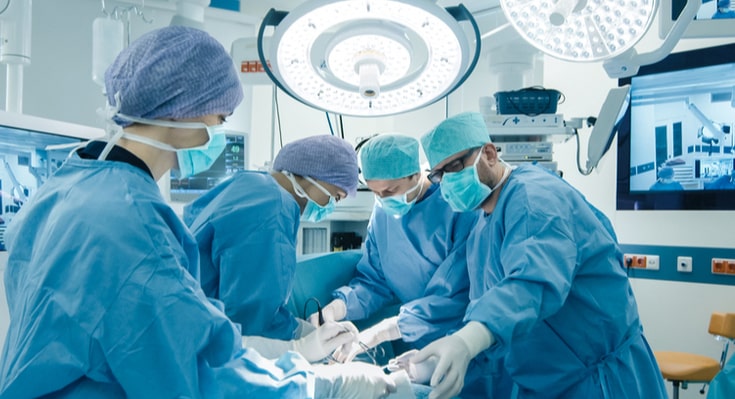
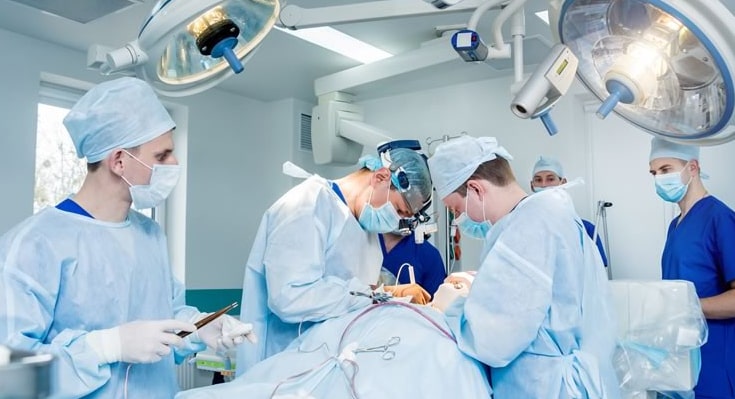
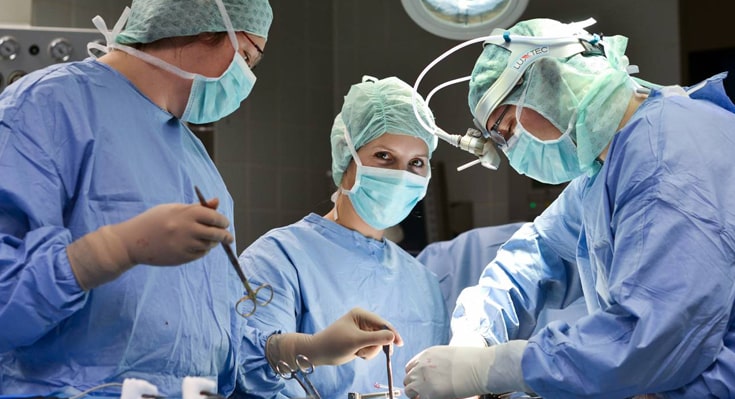
Please contact in case of emergency or to request a consultation.